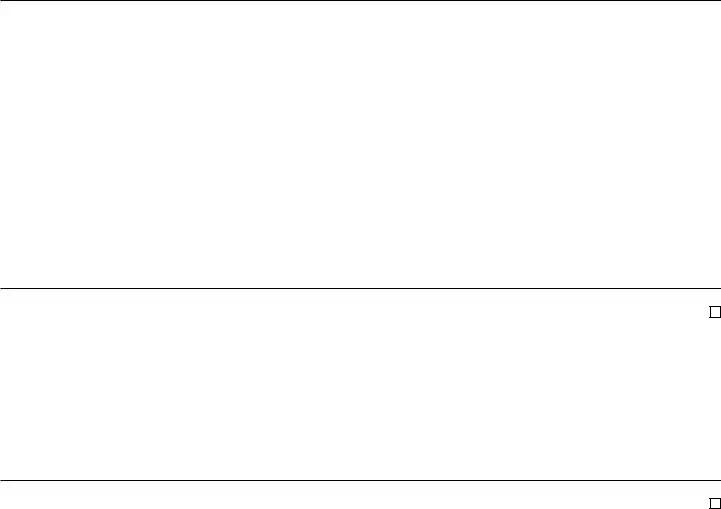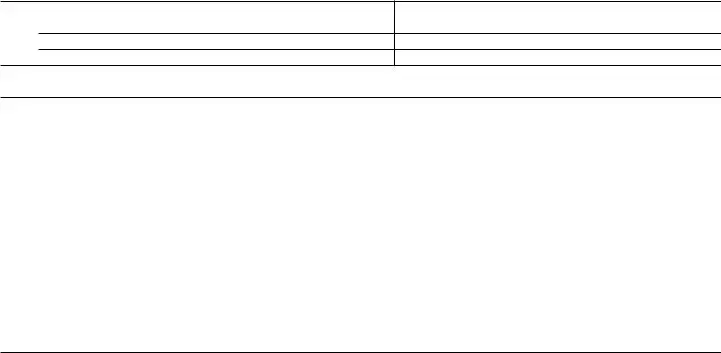The IRS Form 4136 is closely related to the IRS Form 1040, which is used by individuals to file their annual income tax returns. Both forms deal with financial data and tax calculations, but while Form 4136 focuses on claiming a credit for certain types of fuel taxes, Form 1040 covers a broader range of income, deductions, and credits. They share the trait of adjusting a taxpayer’s overall tax liability.
Similar to the IRS Form 4136, the IRS Form 8849 (Schedule 1) is used to claim a refund rather than a credit, for certain excise taxes, including those on fuel. The distinction lies in how the tax benefits are received: Form 4136 decreases the amount of tax owed on an income tax return, whereas Form 8849 is for requesting refunds for overpaid excise taxes, which can include fuel taxes under specific conditions.
IRS Form 8911 is designed for taxpayers who install alternative fuel vehicle refueling property and wish to claim a credit for it. Like Form 4136, it deals with incentives related to fuel and energy use, but Form 8911 specifically focuses on the installation of refueling property, emphasizing incentives for encouraging alternative energy uses.
The IRS Form 4868 shares a basic similarity with Form 4136 in the context of dealing with tax filings. Form 4868 is used to request an extension of time to file an income tax return. Both forms interact with the process of filing annual taxes but serve different functions: Form 4136 for credits related to fuel taxes and Form 4868 for extending the filing deadline.
IRS Form 720 is a quarterly federal excise tax return that businesses use to report and pay excise taxes on specific goods and services, including fuel charges. It parallels Form 4136 by dealing with taxes on fuel; however, Form 720 is more about reporting and paying excise taxes directly to the IRS on a quarterly basis, rather than claiming a credit.
Form 2290 is another document related to vehicle use and taxes. Specifically, it's used for the Heavy Highway Vehicle Use Tax Return. It's for owners of heavy highway vehicles weighing 55,000 pounds or more. Although it's primarily for vehicle use tax, similar to Form 4136, it touches on the taxes associated with vehicle operation, albeit from a different angle.
The IRS Form 8885 is used for claiming the Health Coverage Tax Credit, which helps eligible individuals cover health insurance costs. Like Form 4136, it provides a tax credit, but it's focused on health insurance premiums instead of fuel taxes. Both forms help taxpayers reduce their tax liabilities by claiming credits, yet they target different types of expenses.
The IRS Form 5695, which is used for residential energy credits, is akin to Form 4136. Form 5695 allows individuals to claim credits for home improvements that increase energy efficiency or utilize renewable energy sources. Both forms promote energy savings, but Form 5695 focuses on home energy improvements rather than fuel-related expenses.
IRS Form 3800, the General Business Credit form, is a comprehensive document for various business-related tax credits, including those related to energy and fuel in certain contexts. While Form 4136 is specifically for fuel tax credits, Form 3800 covers a wide range of credits that businesses can claim, encapsulating numerous incentives beyond just fuel.
Last but not least, the IRS Form 6478 is for alcohol and cellulosic biofuel production credit. This form, similar to Form 4136, provides tax incentives related to fuel, but it specifically focuses on the production of alcohol fuels and cellulosic biofuel. Both forms encourage the production and use of alternative fuels through tax incentives.




